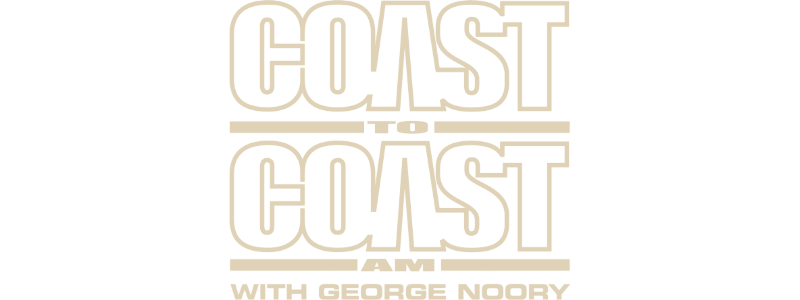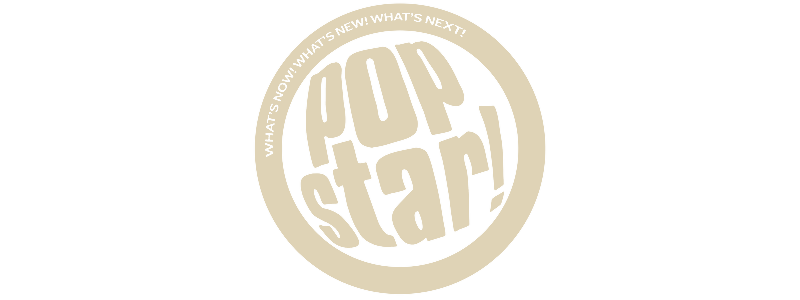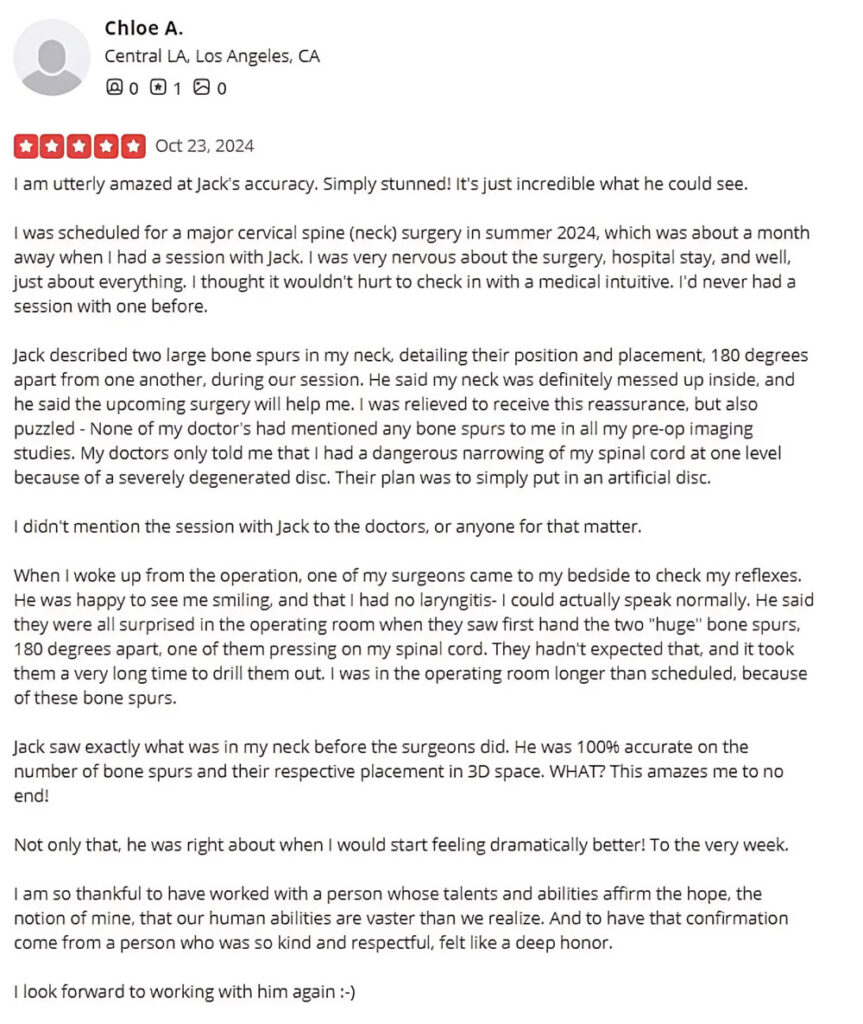In the ever-evolving world of healthcare, a fascinating intersection is emerging where traditional medicine meets the intuitive realm. Medical intuition is gaining traction as a complementary approach, adding a unique layer to conventional healthcare practices. This approach is not about replacing science with mysticism but about harnessing both to create a more holistic approach to healing.
Picture a scenario where a doctor not only relies on diagnostic tools but also taps into an intuitive understanding of a patient’s condition. Though this might sound unconventional, it is a concept gradually finding its place in the medical community. Medical intuition involves using an innate ability to perceive information about the body’s physical and emotional state, often eluding standard medical tests. It’s akin to having an extra set of eyes—or rather, a different lens altogether—through which to view patient health.
While some may see this as a leap into the unknown, others view it as an evolution. By integrating intuitive insights with evidence-based practices, healthcare providers can potentially uncover hidden factors affecting health, offering a more personalized care experience. It’s about balance, and when done thoughtfully, medical intuition can indeed provide traditional healthcare with a helpful boost.
Understanding Medical Intuition in the Context of Traditional Healthcare
Combining medical intuition with traditional healthcare sparks curiosity and skepticism alike. This blend of intuitive insight with conventional methods offers a new perspective on health management, promising a deeper understanding of patient care.
The Basics of Medical Intuition
At its essence, medical intuition involves tapping into a profound sense of awareness regarding a person’s health, beyond what is typically discernible through standard diagnostic procedures. This intuitive perception manifests as a deep understanding of the body’s physical and emotional states. Unlike traditional methods, which rely heavily on tangible data, medical intuition focuses on sensing and interpreting subtle energies.
Key characteristics of medical intuition include:
- Ability to perceive subtle energy fields around the body.
- Understanding emotional influences on physical health.
- Identifying potential health imbalances before they physically manifest.
These intuitive assessments can complement medical evaluations by offering insights that might not be immediately visible through conventional means.
Historical Background and Development
The journey of medical intuition dates back centuries, rooted in ancient healing practices where intuition played a significant role. From the shamans of indigenous cultures to the healers in Eastern traditions, intuitive skills have long been acknowledged as a valuable part of health and healing.
In modern times, pioneers like Caroline Myss and Dr. Mona Lisa Schulz have brought medical intuition into the spotlight. Their work bridges the gap between ancient wisdom and contemporary science, fostering interest in how these practices can enhance traditional healthcare systems. According to a study by the The National Center for Complementary and Integrative Health, more practitioners are exploring this dual approach to provide holistic care.
Key Differences Between Medical Intuition and Traditional Practices
While both medical intuition and traditional healthcare aim to promote well-being, their methodologies differ significantly. Traditional medicine is based on scientific research and empirical evidence, focusing on diagnosing and treating illnesses through observable symptoms and medical tests. Conversely, medical intuition delves into the unseen aspects of health, offering insights that might not be captured by laboratory tests or imaging.
Consider the following distinctions:
- Diagnostic Tools: Traditional practices use tangible diagnostic tools like blood tests and MRIs, whereas medical intuition relies on the practitioner’s innate ability to perceive health issues.
- Treatment Focus: Conventional medicine often treats symptoms, while medical intuition seeks to understand underlying energetic imbalances.
- Patient Interaction: Intuitive practitioners may engage in deeper, more personalized conversations to uncover emotional or spiritual factors affecting health.
These differences highlight how integrating both approaches could offer a more comprehensive and personalized healthcare experience, paving the way for innovations in patient care strategies.
How Medical Intuition Can Support Traditional Healthcare
The art of patient-doctor interaction can be significantly enhanced by integrating medical intuition. This approach offers a fresh perspective on building trust and understanding between patients and their healthcare providers.
Enhancing Patient-Doctor Communication
Effective communication is the cornerstone of any successful healthcare relationship. By incorporating medical intuition, healthcare practitioners can develop a deeper connection with their patients. This intuitive approach fosters empathy and understanding, allowing doctors to perceive subtle cues that might otherwise go unnoticed. For instance, a doctor with heightened awareness might pick up on a patient’s anxiety or fear, leading to more compassionate care.
Moreover, medical intuition encourages healthcare providers to engage in more personalized conversations. Rather than solely focusing on symptoms, practitioners can explore the emotional and spiritual aspects of a patient’s well-being. This holistic approach enhances trust and empowers patients to actively participate in their healing journey. As Dr. Bernie Siegel once said, “The intuitive mind is a sacred gift and the rational mind is a faithful servant.” By honoring this balance, doctors can communicate more effectively and address the unique needs of each patient.
Integrating Intuitive Insights with Conventional Diagnosis
Integrating intuitive insights with conventional diagnosis can enrich diagnostic processes. This approach allows for a more comprehensive understanding of a patient’s health, addressing both physical and energetic imbalances.
For example, a doctor might use intuitive insights to guide further investigation into a patient’s unexplained symptoms. This approach can uncover underlying issues that conventional diagnostics may overlook. According to a study by the National Library of Medicine, incorporating medical intuition into patient assessments can lead to more accurate and timely diagnoses, ultimately improving patient outcomes.
Furthermore, intuitive insights can aid in developing personalized treatment plans. By considering the emotional and energetic dimensions of a patient’s condition, healthcare providers can tailor interventions that resonate more deeply with the individual. This synergy between intuition and conventional medicine enhances diagnostic accuracy and enriches the overall patient experience.
Case Studies: Successful Collaborations
Real-world examples highlight the potential of combining medical intuition with traditional healthcare. Consider a patient with chronic migraines who found relief through a collaborative approach. Despite numerous tests, conventional medicine alone failed to identify the root cause. However, with the help of a medical intuitive, it was discovered that unresolved emotional trauma contributed to the patient’s condition.
In another instance, a patient suffering from persistent digestive issues experienced significant improvement through the integration of intuitive insights. While conventional tests revealed nothing abnormal, the intuitive practitioner identified dietary habits and stressors affecting the patient’s digestive health. By addressing these factors, the patient saw remarkable progress in their condition.
These case studies underscore the transformative potential of a collaborative approach, where medical intuition complements traditional healthcare. By embracing both modalities, healthcare providers can offer more comprehensive and effective solutions, ultimately enhancing patient well-being.
The Future of Healthcare: Blending Intuition with Science
As healthcare stands at the crossroads of intuition and evidence-based science, the convergence of these two worlds promises to reshape how care is understood and delivered. This section explores how trust can be fostered, the educational pathways for integrating intuition, and the challenges this new frontier presents.
Overcoming Skepticism and Building Trust
The integration of medical intuition into healthcare is often met with both intrigue and skepticism. How can practitioners foster trust in this unconventional approach? Building credibility is crucial, and it starts with open dialogue and transparency. By sharing success stories and outcomes, practitioners can gradually build a foundation of trust with both peers and patients.
Moreover, collaboration with traditional healthcare professionals can help validate intuitive insights. When doctors and intuitive practitioners work together, they can cross-verify findings, lending credibility to this hybrid approach. As Dr. Larry Dossey noted, “Integrating intuition with medical science offers a fuller, more comprehensive approach to healing.” Through mutual respect and understanding, the medical community can begin to embrace this blended model.
Educational Programs and Training for Healthcare Professionals
To integrate medical intuition into healthcare systems successfully, education and training are paramount. Institutions can offer courses that combine intuitive techniques with traditional medical education, equipping future practitioners with a diverse skill set. These programs could include workshops on energy perception, emotional intelligence, and holistic approaches to patient care.
Furthermore, certification programs for medical intuition could provide a standardized framework, ensuring quality and consistency in practice. By creating a structured educational path, healthcare professionals can learn to harness their intuitive abilities while maintaining scientific rigor. According to the National Center for Complementary and Integrative Health, such educational initiatives are already underway, promising a more comprehensive approach to healthcare.
Potential Challenges and Ethical Considerations
Integrating medical intuition into traditional healthcare presents challenges and ethical considerations. One primary concern is the risk of over-reliance on intuition at the expense of scientific evidence. Balancing these two approaches requires careful consideration, ensuring that intuitive insights complement rather than replace standard medical practices.
Ethical concerns also arise regarding patient consent and privacy. Ensuring that patients are fully informed about the use of intuitive methods is crucial to maintaining trust and transparency. Furthermore, clear guidelines must be established to protect patient information and respect their autonomy. By addressing these challenges head-on, the healthcare community can responsibly navigate this new territory.
As we look to the future, the integration of medical intuition with traditional healthcare holds immense potential. By overcoming skepticism, investing in education, and addressing ethical concerns, we can pave the way for a more holistic and personalized approach to healing.
Embracing the Harmony of Intuition and Tradition in Healthcare
In the dynamic landscape of healthcare, integrating medical intuition with traditional practices offers a promising path toward more holistic patient care. By leveraging intuitive insights, practitioners can enhance patient-doctor communication, providing a deeper understanding of both the physical and emotional dimensions of health. This collaboration fosters trust and empowers patients to engage more actively in their healing journeys.
While historical precedents and successful case studies demonstrate the potential benefits of this approach, the key lies in maintaining a careful balance between intuition and evidence-based practices. By embracing educational initiatives and addressing ethical considerations, the healthcare community can responsibly explore this innovative frontier. The future of healthcare may well lie in this harmonious blend, where the intuitive and the scientific coexist, offering a more comprehensive and personalized approach to healing.
As we stand at this crossroads, the promise of a more integrated healthcare system beckons—a system where intuition complements tradition, enriching the patient experience and ultimately enhancing well-being.






